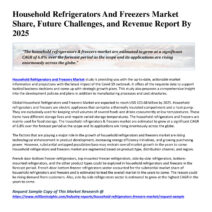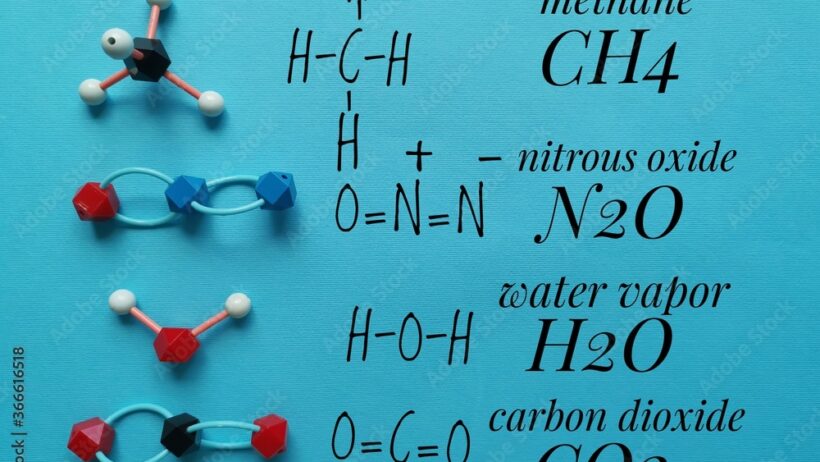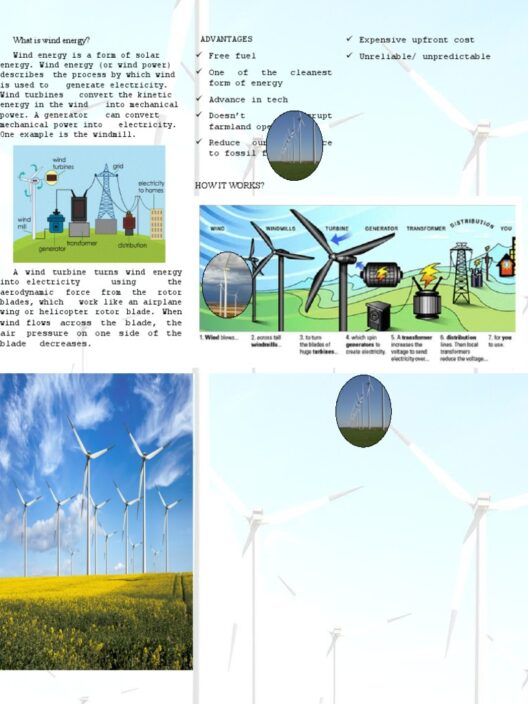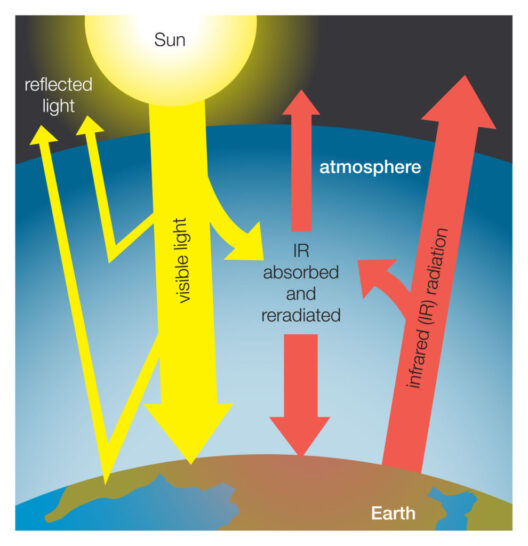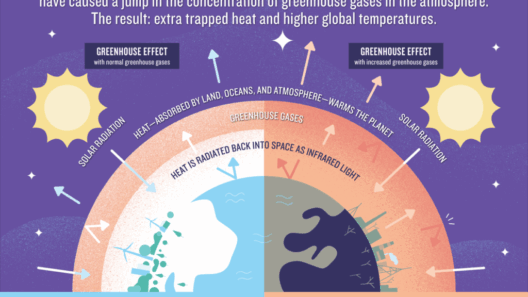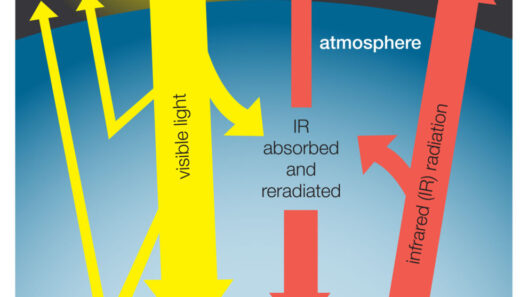Greenhouse gases are like a warm blanket for our planet, encompassing it in a layer that keeps the heat from escaping back into the cold void of space. This phenomenon is essential for life as we know it; however, the ever-increasing concentrations of these molecules pose significant threats to our environment. Understanding which molecules primarily contribute to the greenhouse effect is crucial for grasping our climate crisis. In this exploration, we will delve into the prominent greenhouse gases, dissecting their properties and impacts, while unveiling the intricate dynamics at play in our atmosphere.
One might envision the greenhouse effect as a lavish banquet in a grand hall—where the smoke and vapor from the culinary delights rise and mingle, warming the interior and creating an inviting atmosphere. However, open the windows too often or let in too many guests, and the delightful warmth can turn into suffocating heat. This metaphor beautifully illustrates the delicate balance of our atmosphere, where greenhouse gases serve as both protectors and potential harbingers of catastrophe.
The primary players among these molecules are carbon dioxide (CO2), methane (CH4), nitrous oxide (N2O), and water vapor (H2O). Each of these molecules possesses unique characteristics that contribute to their efficacy in trapping heat. Let us explore them in detail.
Carbon Dioxide: The Persistent Phantom
Carbon dioxide, the most ubiquitous of the greenhouse gases, can be likened to an artist whose brush strokes linger long after the canvas has dried. Everyday activities—like burning fossil fuels, deforestation, and even respiration—release CO2 into the atmosphere. Despite being colorless and odorless, its impact is far from invisible. Once emitted, carbon dioxide can persist in the atmosphere for centuries, continuing to exert its warming influence long after the source has ceased. Its potency lies in its ability to absorb infrared radiation, thus entrapping heat and creating an insulating layer around the Earth.
In geological terms, carbon dioxide’s role has morphed dramatically over time. While natural processes have maintained its levels for millennia, human activities have dramatically spiked concentrations, leading to what some scientists term the “Anthropocene”—a new epoch defined by human influence.
Methane: The Overachieving Virtuoso
Methane, often regarded as a lesser-known counterpart to carbon dioxide, is a chemical virtuoso in the greenhouse gas orchestra. Though less abundant, it is significantly more potent—exhibiting a heat-trapping capacity approximately 25 times greater than carbon dioxide over a 100-year period. Main sources include agriculture—particularly livestock, landfills, and fossil fuel production.
With a molecular structure that allows it to absorb heat energy with unparalleled efficiency, methane thrives in a brief but impactful time window. Its atmospheric lifespan is relatively short, around a decade, which raises hopes for mitigation strategies. However, its potency and rapid release into the atmosphere create urgency and necessitate immediate action to address both its sources and its effects.
Nitrous Oxide: The Silent But Deadly Intruder
Nitrous oxide, with its earthy sweet scent, is another formidable greenhouse gas, lurking quietly in the background while wielding significant influence over our climate. Emitted mainly from agricultural practices, particularly the use of synthetic fertilizers, nitrous oxide is about 298 times more effective than CO2 in trapping heat over a century. In comparison to its more prolific brethren, its lower concentration makes it seem less threatening, but its long atmospheric lifespan and potency underscore its dangerous impact.
In essence, nitrous oxide epitomizes the concept of “hidden costs.” Its contribution to the greenhouse effect, while often overshadowed, is deleterious and needs to be made visible in the narratives surrounding climate change solutions.
Water Vapor: The Natural Guardian
Water vapor is unique amongst greenhouse gases as it acts as a feedback mechanism rather than a direct cause of climate change. An essential component of the Earth’s climate system, water vapor amplifies the effects of other greenhouse gases. When temperatures rise, evaporation increases, leading to more water vapor in the atmosphere, which in turn traps even more heat in a cyclic pattern.
This phenomenon illustrates the complexity of the greenhouse effect. While water vapor undoubtedly contributes to warming, it is also a natural regulator that helps balance Earth’s temperature. The challenge lies in understanding and managing this feedback loop within the broader context of climate change.
Building Integrated Solutions
As we traverse the terrain of greenhouse gases, it becomes evident that addressing climate change requires a holistic approach. Each molecule plays a distinct role, and tackling emissions necessitates collective solutions spanning reforestation, sustainable farming practices, and innovative technological advancements. It’s a multi-faceted puzzle that, when solved, could reduce the stranglehold of these molecules on our planet’s future. By embracing renewable energy sources and sustainable agricultural practices, we can mitigate the emissions of carbon dioxide, methane, and nitrous oxide.
In conclusion, while the allure of a greenhouse effect lies in its nurturing qualities, we must remain vigilant about its darker implications. Understanding the unique roles of these greenhouse gases is pivotal for formulating effective strategies to combat climate change. As we stand at this crossroads, it is our responsibility to ensure that the blanket of warmth protecting our planet does not become a suffocating shroud that threatens its very existence.


